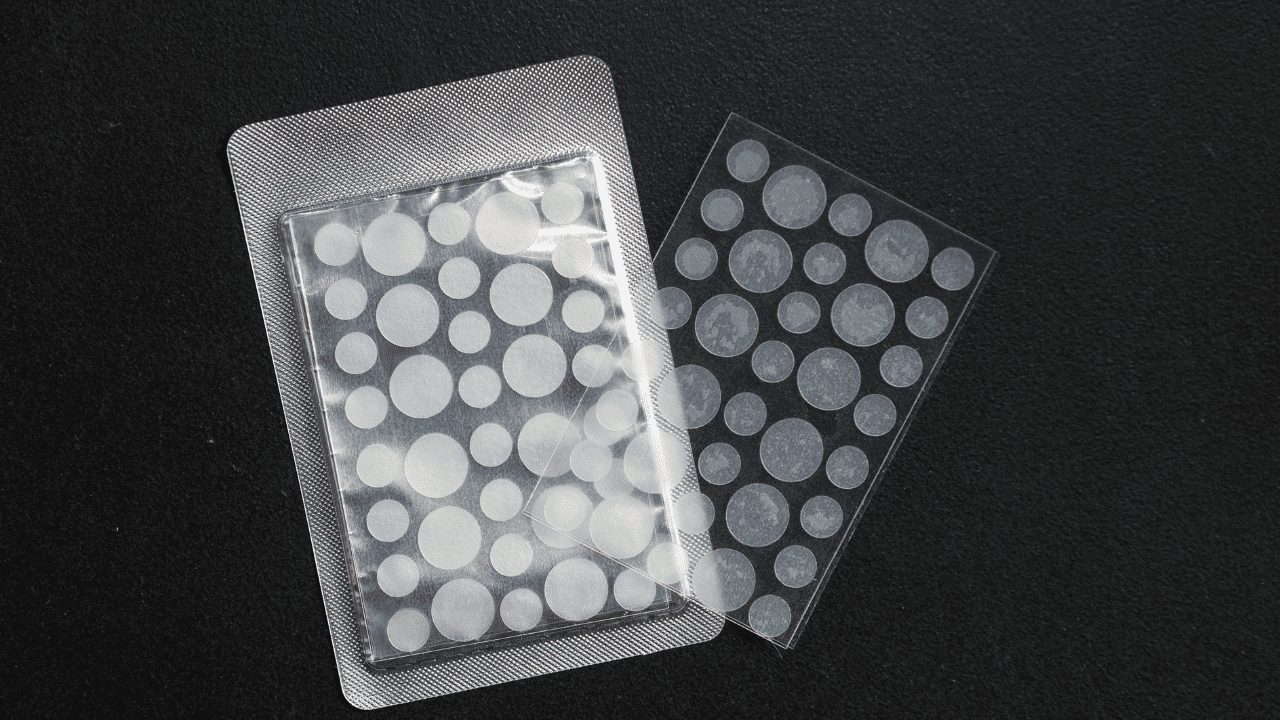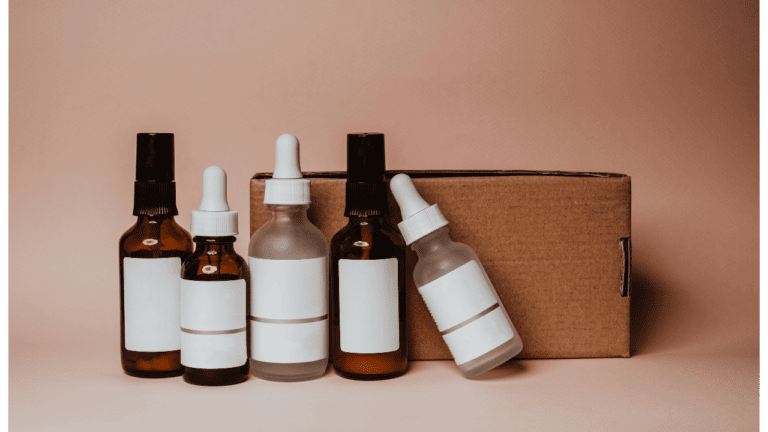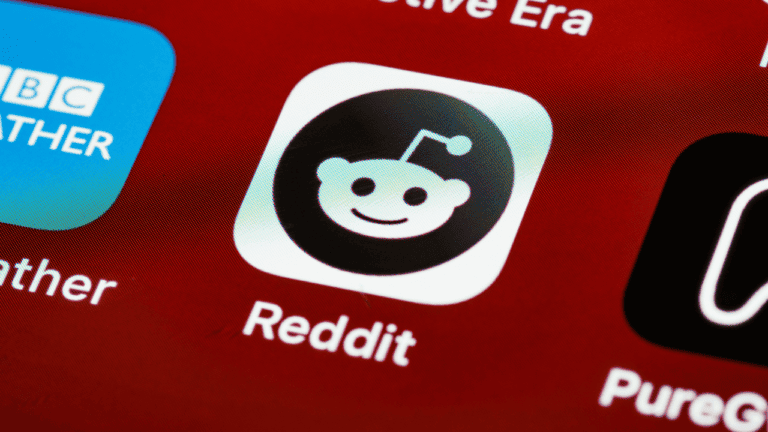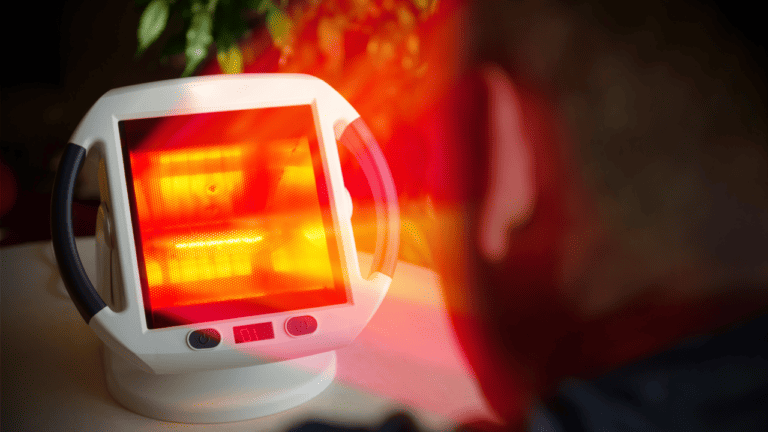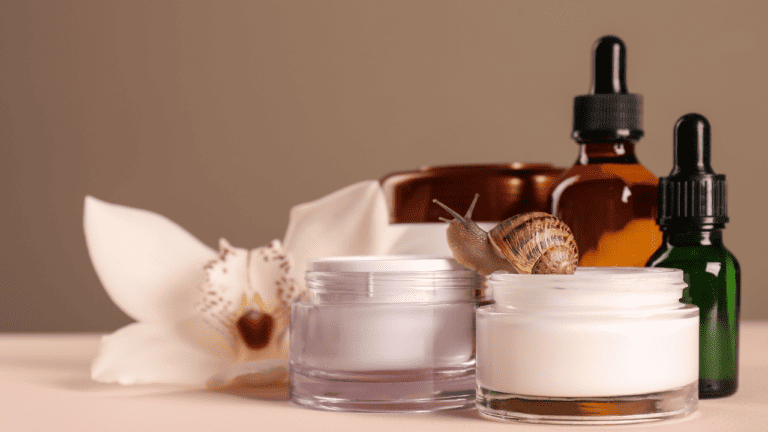When it comes to skincare, pimples can be a real pain. Luckily, pimple patches have become a popular solution for treating acne. These hydrocolloid patches work by absorbing pus and oil from the pimple, creating a healing environment that can help reduce inflammation and redness. However, after removing the patch, you may be left with an open wound or hole that needs to be properly cared for to avoid scarring.
To deal with open wounds or holes after removing a pimple patch, the best solution is to simply put another pimple patch on. This may seem counterintuitive, but hydrocolloid patches were originally meant for healing. By applying a new patch, you create a similar environment to the one created by the original patch, which can help speed up the healing process and prevent scarring.
Overall, proper care before, during, and after using pimple patches is essential for maintaining healthy skin. Understanding the purpose of pimple patches and how to properly use them can help you achieve clearer, smoother skin without causing damage.
Key Takeaways
- Pimple patches are a popular solution for treating acne and work by creating a healing environment that can help reduce inflammation and redness.
- Applying a new pimple patch after removing the original one can help speed up the healing process and prevent scarring.
- Proper care before, during, and after using pimple patches is essential for maintaining healthy skin.
Understanding Pimple Patches

Pimple patches are a popular solution for treating acne breakouts. These patches are designed to be placed over a pimple to help reduce inflammation, prevent infection, and promote healing. They work by creating a barrier between the pimple and the outside environment, which helps to keep the area clean and free from bacteria.
Types of Pimple Patches
There are several types of pimple patches available on the market. The most common type is the hydrocolloid patch. These patches are made from a special type of material that absorbs moisture from the skin. This helps to create a moist environment around the pimple, which is ideal for healing.
Another type of pimple patch is the salicylic acid patch. These patches contain salicylic acid, which is a common acne-fighting ingredient. Salicylic acid helps to unclog pores and reduce inflammation, which can help to speed up the healing process.
Hydrocolloid Technology
Hydrocolloid technology is the key to the effectiveness of pimple patches. Hydrocolloid patches were originally designed for use in wound care. They work by absorbing moisture from the skin and creating a moist environment around the wound. This helps to promote healing and prevent infection.
When applied to a pimple, hydrocolloid patches work in the same way. They absorb moisture from the skin and create a moist environment around the pimple. This helps to reduce inflammation and promote healing. Additionally, the patch acts as a barrier, which helps to prevent bacteria from entering the wound and causing infection.
In conclusion, pimple patches are an effective solution for treating acne breakouts. Hydrocolloid patches, in particular, are ideal for promoting healing and preventing infection. By understanding how pimple patches work, individuals can make informed decisions about their acne treatment options.
Proper Application of Pimple Patches
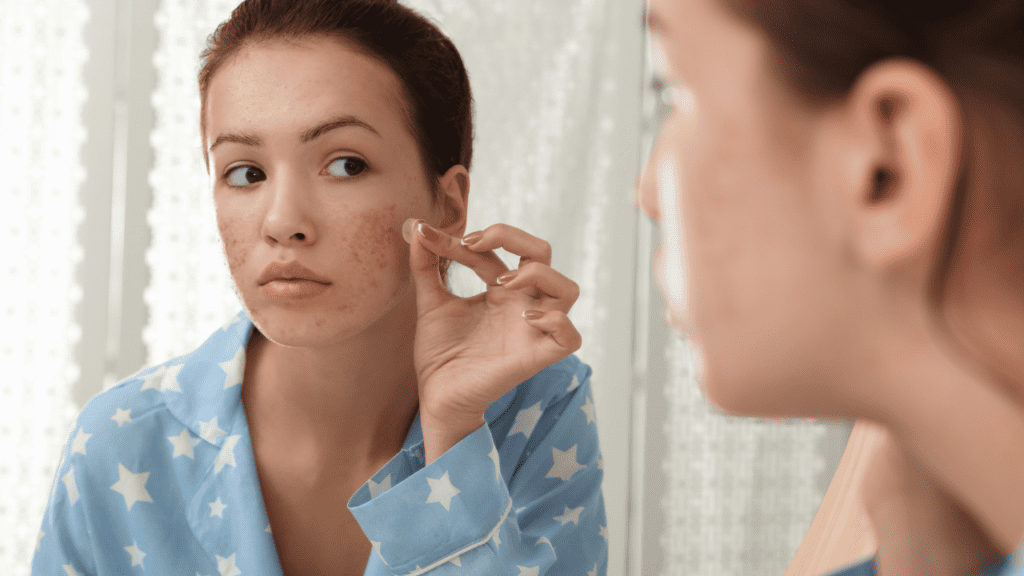
Pimple patches are an effective way to treat acne. They work by creating a moist environment that helps to heal the pimple and prevent scarring. However, proper application is important to ensure that the patch is effective and that the skin is not further irritated.
Preparing the Skin
Before applying a pimple patch, it is important to clean the skin thoroughly. Use a gentle cleanser and pat the skin dry. Avoid using any harsh scrubs or exfoliants, as this can further irritate the skin.
Applying the Patch
When applying the patch, make sure that the skin is completely dry. Peel the patch off the backing and apply it directly to the pimple. Gently press down on the edges to ensure that the patch adheres to the skin.
It is important to choose the right size patch for the pimple. If the patch is too small, it may not cover the entire pimple and may not be as effective. If the patch is too large, it may not adhere properly to the skin.
Duration of Use
Pimple patches should be left on for at least 6 hours, but can be worn for up to 24 hours. It is important to change the patch regularly to ensure that it remains effective. If the patch becomes discolored or starts to peel off, it should be replaced.
Overall, pimple patches are a safe and effective way to treat acne. By following these simple steps, you can ensure that the patch is applied properly and that the skin is not further irritated.
Post-Patch Care

After removing a pimple patch, it is important to take proper care of the open wound to ensure a quick and healthy healing process. This section will cover the immediate aftercare and monitoring healing progress.
Immediate Aftercare
The first step after removing a pimple patch is to clean the area around the wound with a gentle cleanser and water. Avoid using harsh soaps or scrubs as they can irritate the skin and delay the healing process. Once the area is clean, pat it dry with a clean towel.
Next, apply another pimple patch to the wound to create a good healing environment. Hydrocolloid patches were originally designed for healing wounds, so they are perfect for this purpose. These patches will help keep the wound moist, which is essential for proper healing.
If the wound is bleeding, apply pressure to the area with a clean cloth or bandage until the bleeding stops. Do not apply any ointments or creams to the wound as they can trap bacteria and delay the healing process.
Monitoring Healing Progress
It is important to monitor the healing progress of the wound to ensure that it is healing properly. Check the wound daily for signs of infection, such as redness, swelling, or pus. If you notice any of these signs, seek medical attention immediately.
Keep the wound covered with a pimple patch until it has completely healed. If the patch falls off, replace it with a new one. Avoid picking at the wound or touching it with dirty hands as this can introduce bacteria and delay the healing process.
In conclusion, taking proper care of an open wound after removing a pimple patch is essential for a quick and healthy healing process. By following the immediate aftercare and monitoring healing progress, you can ensure that the wound heals properly and without any complications.
Dealing with Open Wounds
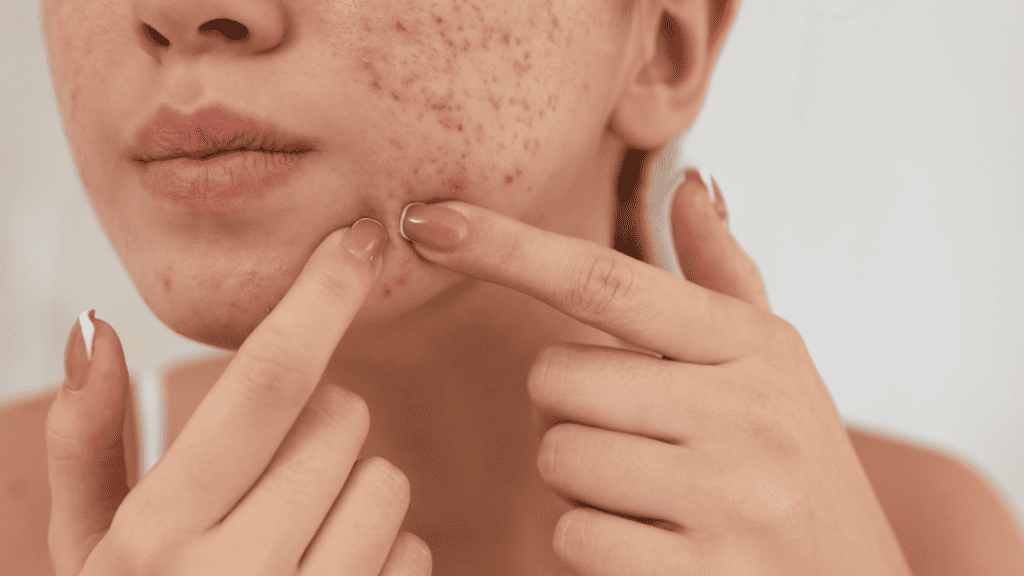
After removing a pimple patch, it is not uncommon to have an open wound or hole on the skin. This can be uncomfortable and may lead to infection. To deal with open wounds, it is important to take proper care of the affected area.
Reapplying Pimple Patches
One effective way to deal with open wounds after removing a pimple patch is to reapply another pimple patch. Hydrocolloid patches were originally meant for healing, so putting another pimple patch on can create a good healing environment. The patch can help keep the wound clean and protected from bacteria and other harmful substances.
When reapplying a pimple patch, it is important to first clean the affected area with a gentle cleanser and pat it dry. Then, apply a new patch and leave it on for several hours or overnight. The patch should be changed regularly to ensure that the wound is kept clean and protected.
Preventing Infection
To prevent infection, it is important to keep the affected area clean and dry. Avoid touching the wound with dirty hands or fingers, as this can introduce bacteria and other harmful substances. It is also important to avoid picking at the wound or trying to remove any pus that may be present.
If the wound becomes red, swollen, or painful, it may be infected. In this case, it is important to seek medical attention. The doctor may prescribe antibiotics or other medications to help treat the infection.
In summary, dealing with open wounds after removing a pimple patch can be done by reapplying another pimple patch to create a good healing environment and preventing infection by keeping the affected area clean and dry.
Long-Term Skin Care
After removing a pimple patch, it’s important to take care of the skin to promote healing and prevent future breakouts. This section will cover some tips for maintaining skin health and avoiding future breakouts.
Maintaining Skin Health
One of the most important things you can do for your skin is to keep it clean. This means washing your face twice a day with a gentle cleanser and avoiding harsh scrubs or exfoliants that can irritate the skin. It’s also important to moisturize regularly to keep the skin hydrated and prevent dryness.
In addition to cleansing and moisturizing, there are other steps you can take to maintain skin health. These include:
- Eating a healthy diet rich in fruits, vegetables, and whole grains
- Drinking plenty of water to stay hydrated
- Getting enough sleep to allow the skin to regenerate
- Protecting the skin from the sun with sunscreen or protective clothing
Avoiding Future Breakouts
To avoid future breakouts, it’s important to understand what causes them in the first place. Acne is typically caused by a combination of factors, including excess oil production, clogged pores, and an overgrowth of bacteria on the skin.
To prevent future breakouts, consider the following tips:
- Use non-comedogenic skincare products that won’t clog pores
- Avoid touching your face, as this can transfer bacteria and oils from your hands to your skin
- Wash your pillowcases and towels regularly to prevent the buildup of bacteria
- Avoid wearing tight-fitting clothing that can trap sweat and oil against the skin
By following these tips, you can help keep your skin healthy and prevent future breakouts. Remember, consistency is key when it comes to skincare, so be sure to stick to a routine that works for you.
Frequently Asked Questions
How can one prevent scarring after using a pimple patch?
Scarring can be prevented by avoiding picking or squeezing pimples. When using a pimple patch, ensure that the affected area is clean and dry before application. After removing the patch, avoid touching the wound and let it breathe for a few hours before applying another patch. If the wound is deep or does not heal after a few days, seek medical attention.
Can pimple patches be used during the day if they are marketed for nighttime use?
Yes, pimple patches can be used during the day if needed. However, it is important to note that some patches may be more visible than others and may not be suitable for daytime use. In such cases, it is recommended to use a concealer or makeup to cover the patch.
What are the best practices for dealing with indentations left by cystic acne?
Indentations left by cystic acne can be treated with topical creams or laser therapy. It is important to consult a dermatologist for proper diagnosis and treatment. In addition, it is recommended to avoid picking or squeezing pimples to prevent scarring and indentations.
